The World Health Organization estimates that approximately 1 million people die each year from suicide. Take a moment to consider that staggering number. Now imagine someone asked you to count 1 million toothpicks—how long would it take? Suicide is an issue that affects many, yet it often goes undiscussed in the workplace.
For HR representatives, supervisors, and managers, the prospect of a colleague or employee contemplating suicide can be overwhelming. Questions about roles, boundaries, and appropriate intervention methods often arise. How do you assess if someone is at risk? What’s the best way to intervene if a risk is detected?
This blog offers a guide to recognizing warning signs, providing prevention tips, and offering postvention strategies in the unfortunate event of a workplace suicide. It also shares ways to support those who may have lost a colleague to suicide.
Warning Signs
Recognizing the warning signs of suicide is key to preventing a tragedy. Some common indicators include:
- Talking or writing about death: Statements like “I wish I were dead” or “The world would be better off without me” are red flags.
- Seeking access to weapons or pills: Someone may actively seek out dangerous means if they are considering suicide.
- Putting affairs in order: Making a will, or tying up loose ends, might signal they are preparing to leave for good.
- Appearing down, depressed, or hopeless: A noticeable decline in mood is often a sign of suicidal thoughts.
- Isolation: A person who begins to withdraw from social situations, work, or interactions with others may be suffering from major depression.
- Engaging in risky behavior: Increased use of alcohol or drugs, reckless driving, and other unsafe behaviors could indicate they’ve given up on life.
Assessing Risk
If you notice these behaviors, it’s important to assess the individual’s risk by considering the following factors:
- Biopsychosocial factors: A history of trauma, substance abuse, mental health issues, or previous suicide attempts can increase risk.
- Sociocultural factors: Being part of a marginalized group or facing barriers to mental healthcare can lead to feelings of isolation and despair.
- Environmental factors: Recent life changes, such as a job loss or the death of a loved one, can trigger suicidal thoughts.
- Plan, intent, or means: If someone has a specific plan to harm themselves and the means to do it, their risk level is high.
If you believe someone is in immediate danger, get them professional help, call 911, or take them to the nearest emergency room.
Prevention Tips
Long-term suicide prevention in the workplace involves creating an environment that supports mental health and reduces stigma. Here are some strategies:
- Make help accessible: Post suicide prevention hotline numbers in common areas like lunchrooms and bathrooms.
- Raise awareness: Ensure employees know about your Employee Assistance Program (EAP) and that it’s confidential. Display EAP flyers and provide resources on community mental health services.
- Educate employees: Offer trainings on mental health topics such as suicide, stress management, and substance abuse to destigmatize these issues.
- Create a balanced work environment**: Offer mental health days or the option to work from home. Address conflicts quickly to maintain a supportive environment.
Postvention Tips
If your workplace has experienced a suicide, the loss can be shocking and traumatic. Here’s how to support your employees:
- Acknowledge emotions: Give employees the space and opportunities to express their feelings.
- Watch for PTSD symptoms: A drastic change in behavior may indicate that someone is struggling with the incident.
- Support healthy grieving: Educate employees about the stages of grief—denial, anger, bargaining, depression, and acceptance. Keep in mind that everyone grieves differently.
- Listen empathetically: Let employees know that it’s okay to talk openly about their feelings. Be available and approachable.
- Model healthy grieving: Be open about your feelings regarding suicide, setting an example for others.
By understanding the warning signs, implementing prevention strategies, and offering compassionate support, you can help create a safer, more supportive workplace. Early recognition and intervention can lead to positive outcomes. Simply asking, “How are you doing?” could make a world of difference in someone’s life.
Important resources
At MINES, we strive to be a valuable resource for employees who may be facing mental health challenges or suicidal thoughts. Our licensed therapists offer free and confidential counseling 24/7 for our EAP members.
In addition to your EAP, there are numerous other resources available to support individuals who may be considering suicide. You are not alone, and these resources can provide the help you need:
- Suicide & Crisis Lifeline (988): Dial 988 for free, confidential support from trained crisis counselors, available 24/7 across the U.S.
- National Suicide Prevention Lifeline: Call 1-800-273-TALK (8255) to speak with someone who can provide immediate help.
- Crisis Text Line: Text HOME to 741741 to connect with a trained crisis counselor via text, available 24/7.
- The Trevor Project: A lifeline specifically for LGBTQ+ youth. Call 1-866-488-7386, text START to 678678, or visit their website for chat support.
- Veterans Crisis Line: Veterans and their loved ones can dial 988 and press 1, or text 838255, for specialized support.
- NAMI (National Alliance on Mental Illness) Helpline: Call 1-800-950-NAMI (6264) for information, support, and referrals for those facing mental health challenges.
- SAMHSA National Helpline: For those seeking treatment options, call 1-800-662-HELP (4357) to access a confidential, free, 24/7 helpline that provides information and referrals to local services.
- American Foundation for Suicide Prevention: Visit their website for resources on understanding and preventing suicide, as well as support for those affected by it.
These resources are here to offer support and guidance, so don’t hesitate to reach out if you or someone you know is struggling. Remember, help is always available, and it’s okay to ask for it.
To Your Wellbeing,
The MINES Team
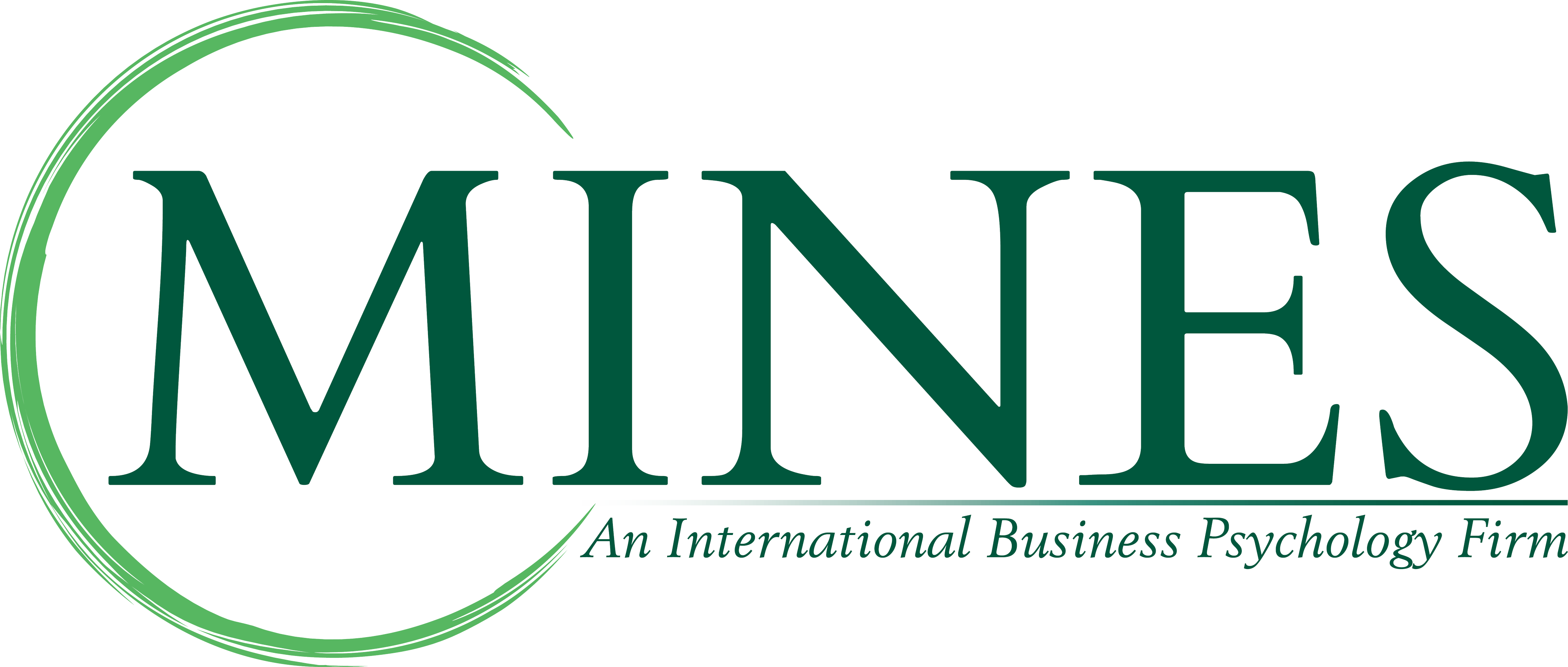



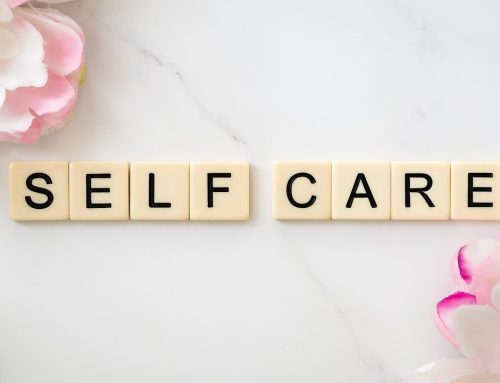
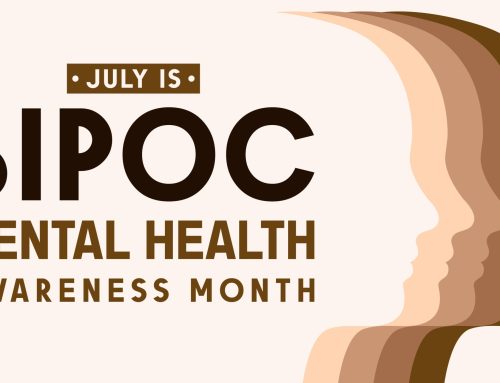



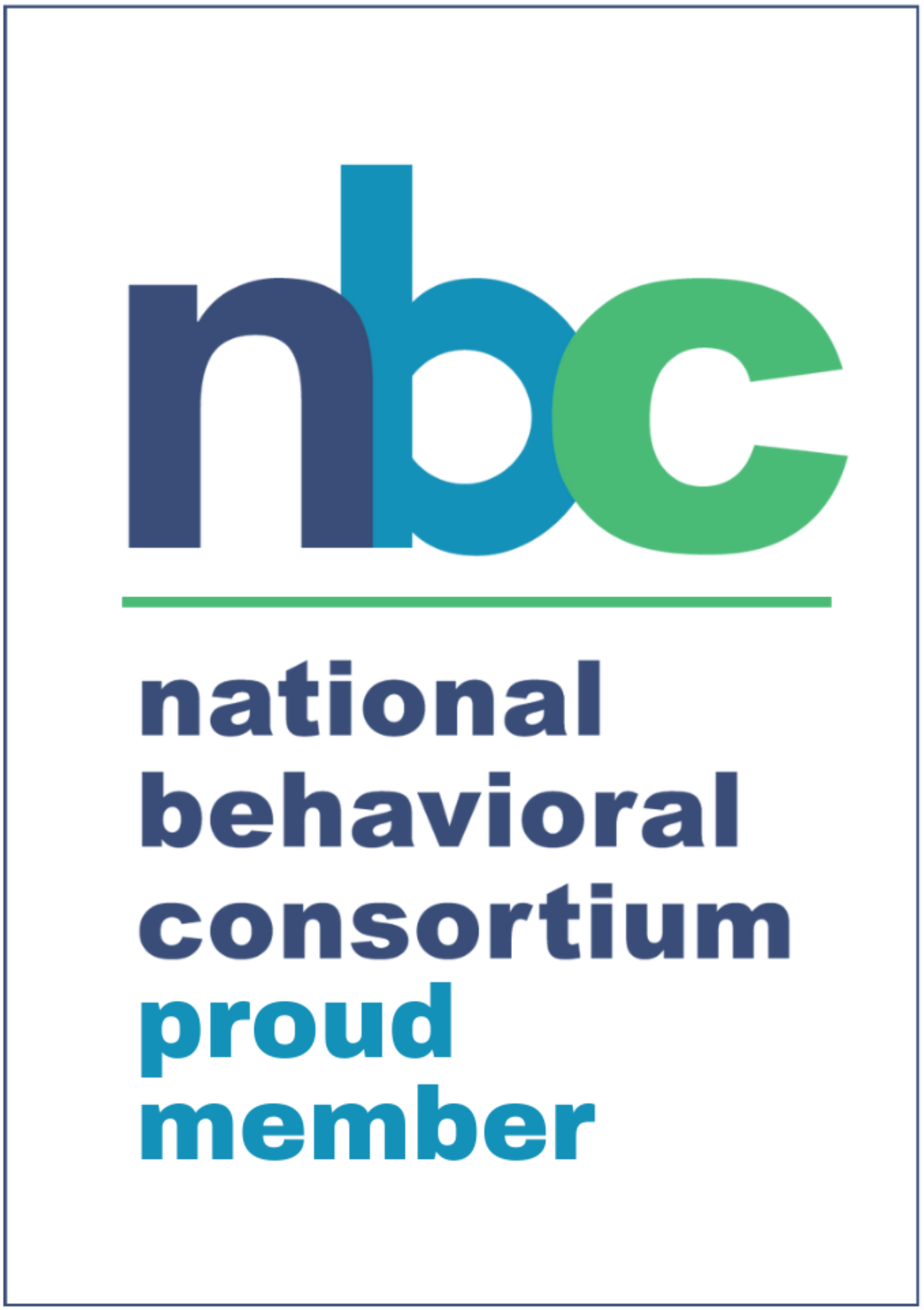
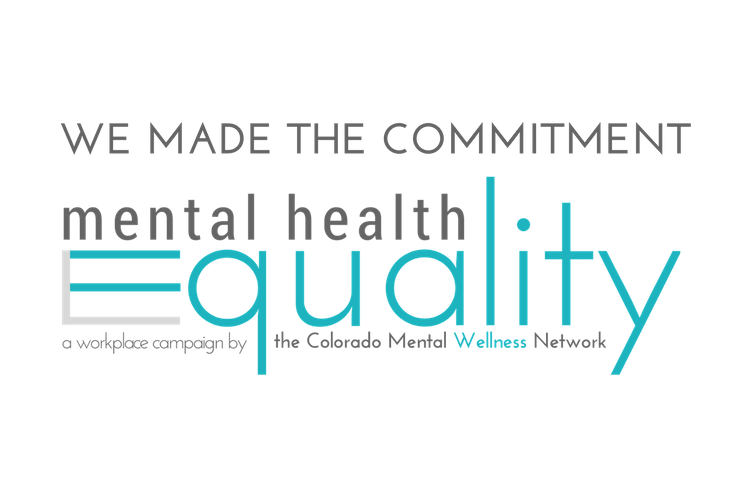

Leave A Comment